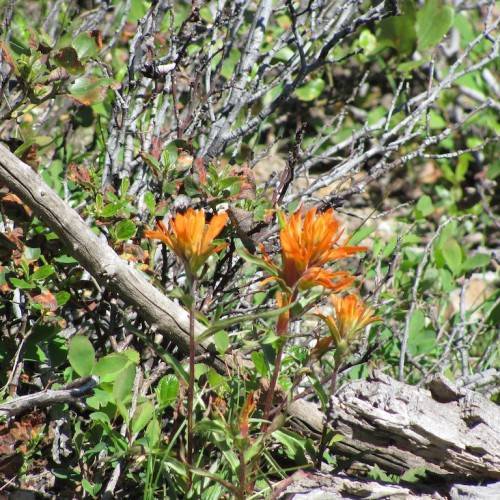
Slender Paintbrush
Castilleja gracillima
Watering:
Average
Hardiness Zone:
Flowers:
Flowers
Sun:
Sun, Partial Shade
Leaf:
Yes
Growth Rate:
Low
Drought Tolerant:
Yes
Salt Tolerant:
Yes
Care Level:
Medium
watering
Cusick's Indian Paintbrush (Castilleja cusickii) should be watered weekly, or more often if there is limited rainfall. The soil should be moist at all times, but not soggy. Water deeply at the base of the plant early in the morning, enough to moisten the soil to a depth of 10-12 inches. If puddles form at the base of the plant, do not continue to water until it has settled and been absorbed.
sunlight
Cusick's Indian Paintbrush (Castilleja cusickii) grows best in full sunlight or light shade. Generally, a minimum of 6-8 hours of direct sunlight is needed each day for optimal growth and flowering. The amount of sunlight varies depending on location, with less required in hotter, more direct sunlight areas and more sunlight needed in cooler, shadier locations. It is best to provide the plant with as much direct morning light as possible, as this will help encourage more, and showier, blooms.
pruning
Prune Cusick's Indian Paintbrush in late summer to fall. Pruning should be done by removing old stems 2 inches or so below the flower buds. Deadheading may be done during the blooming period to remove spent flowers and promote additional blooms. Heavy pruning should only be done when necessary, otherwise, light pruning to remove diseased, damaged, or dead stems is recommended.
